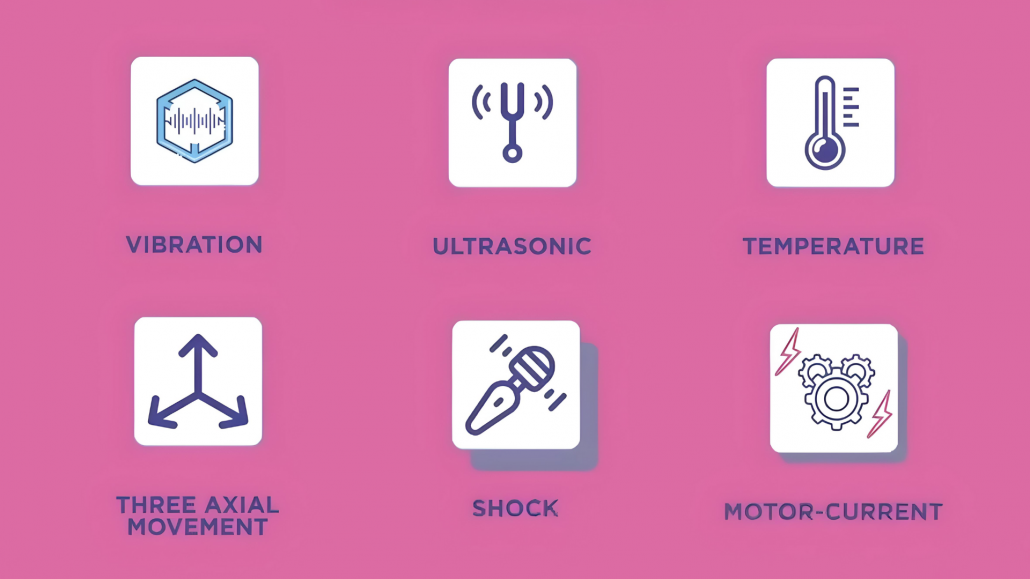Recently, we received a request from a purchasing agent at a woodworking facility looking for “fireproof” baghouse filters. It was his first time ordering anything for the company’s baghouses, and one potential filter supplier had told him to look into “fireproof media like Nomex” (i.e., aramid) for use in their collector. Needless to say, he was a bit surprised when we explained that no such thing existed — and that his so-called “filter expert” had given him potentially disastrous advice.
Read article: Introduction to Combustible Dust Explosions Common to Baghouses
Fire and Explosion Dangers to a Dust Collection System
The most serious risk to a dust collection system (and the facility using it) is a combustible dust fire or explosion. Materials such as flour, wood, iron, aluminum, sugar, and many others become extremely combustible when in powder form. In addition to fires, combustible material inside a dust collection system finds the perfect combination of oxygen, dispersion, and confinement to explode with extreme force.
High-Temperature Fabrics and Flame-Resistant Finishes?
Even if the dust being handled isn’t combustible enough to explode or sustain a fire, sparks and embers can still damage the baghouse filters. Even when a spark or ember cannot ignite the dust, it can still ignite the filters themselves.

General applications for Aramid felt includes highly abrasive dust and chemical applications with high temperatures
Most dust collector filters are made from synthetic materials such as polyester, polypropylene, aramid, or fiberglass. While some fabrics like aramid (Nomex) and fiberglass have a higher maximum operating temperature, they are NOT fireproof. This temperature rating refers only to the process gas temperature, not to direct contact with sparks or flames. If hot embers make contact with these fabrics, they can still burn holes or even ignite the filters.
Additionally, certain manufacturers offer “fire-resistant” or “flame-retardant” treatments for various filter media types. While these coatings can provide an extra layer of protection, they will not fully prevent damage from sparks or embers that contact the filter bags.
Read a case study involving combustible dust: Case Study – Combustible Dust Safety in Aerospace Manufacturing
Fire/Explosion Prevention and Protection — Two Different Objectives
To protect your system from damage, there are two categories of solutions: prevention and protection.
Prevention devices include:
- 🔶 Spark arrestors, which break embers into small pieces, extinguishing them before they reach the dust collector.
Explosion isolation valve connected to ductwork outside the facilities
- 🔶 High-speed abort gates and diverter valves, which redirect airflow to stop ignition sources from entering the baghouse.
- 🔶 Inerting systems, which introduce inert gases or powders to reduce the risk of ignition in high-risk processes.
.
Protection devices focus on minimizing damage after an incident occurs. These include:
- 🔹 Explosion vents (also called pressure relief vents) that safely relieve excess pressure.
Newly installed explosion vents
- 🔹 Fire suppression systems, such as high-speed sprinklers or dry chemical injection systems, which extinguish fires or explosions quickly.
Both prevention and protection systems are also critical for stopping fires or explosions that start in the ductwork from reaching the baghouse.
To comply with fire safety regulations (such as those from OSHA and the NFPA), a combination of both prevention and protection is often required. Only by skillfully integrating both can a facility create a comprehensive strategy to mitigate the risks associated with combustible dust.
See other Combustible Dust Accessories
Conclusion — “Fireproof” Bags? Don’t Be Misled
There’s no such thing as a fireproof filter fabric. Be wary of anyone offering such a product — they are either misinformed or not being honest with you.
Facilities that face significant hazards from combustible dust should consult an experienced baghouse engineering provider or a fire safety expert to develop a comprehensive mitigation strategy. Even facilities not dealing with combustible dust can still experience fires if sparks or embers reach the baghouse. Your system might not explode, but your filters can still catch fire — and they will, if you’re not careful.









